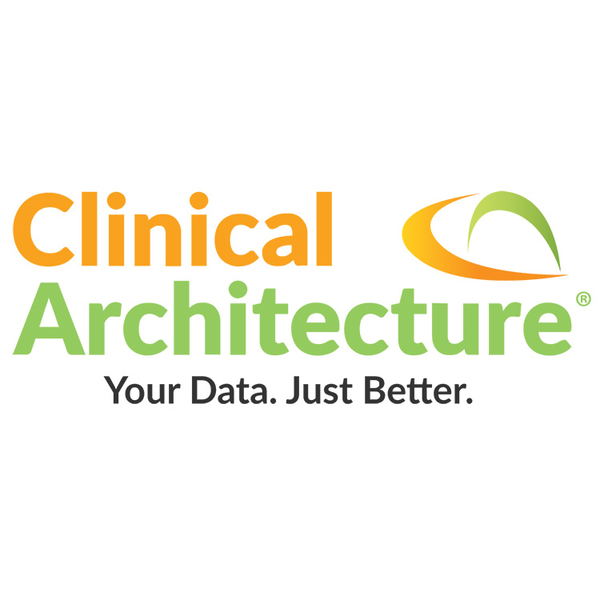Education Catalog
Showing 1 - 5 out of 8
Live Virtual
A Year in the Evolution of Data Quality
Type
Webinar
Presenter Charlie Harp will review the results of Clinical Architecture’s second annual Data Quality Survey. He will discuss the newest information on how the quality of healthcare data affects patient outcomes and organizational initiatives. He will also introduce the Patient Information Quality Improvement (PIQI) framework, a tool that can assess [...]

Members Only
Live Virtual
AMIA Mid-Year Policy Update (2024)
Type
Webinar
Join AMIA’s Policy staff for a presentation and discussion on policy tactics and ideas to advance Informatics in 2024. In Fall 2023, AMIA approved the four Public Policy North Stars to guide AMIA’s policy pursuits through 2029. A lot has been accomplished in the first six months since implementation, including [...]

Live Virtual
JAMIA Journal Club Webinar - June 2024
Type
Webinar
Credits
1.00
CME
1.00
CNE
Automated stratification of trauma injury severity across multiple body regions using multi-modal, multi-class machine learning models Journal of the American Medical Informatics Association , 2024;, ocae071 Read the Abstract Presenter Statement of Purpose The timely stratification of trauma injury severity can enhance the quality of trauma care but it requires [...]

Live Virtual
JAMIA Journal Club Webinar - April 2024
Type
Webinar
Credits
1.00
CME
1.00
CNE
Prediction of multiclass surgical outcomes in glaucoma using multimodal deep learning based on free-text operative notes and structured EHR data J Am Med Inform Assoc. 2024 Jan 18;31(2):456-464. doi: 10.1093/jamia/ocad213. Read the abstract Presenters Statement of Purpose The integration of the vast available EHR data and artificial intelligence (AI) in [...]

Live Virtual
On Demand
Enabling Discovery of Biomedical Research Data: Introducing the Dataset Catalog
Type
Webinar
On February 1, 2024, National Library of Medicine (NLM) announced the launch of a beta version of a new online tool, the Dataset Catalog. This tool is intended to improve the discoverability and reuse of research data by making it easier for users to search, find, and connect biomedical datasets [...]
